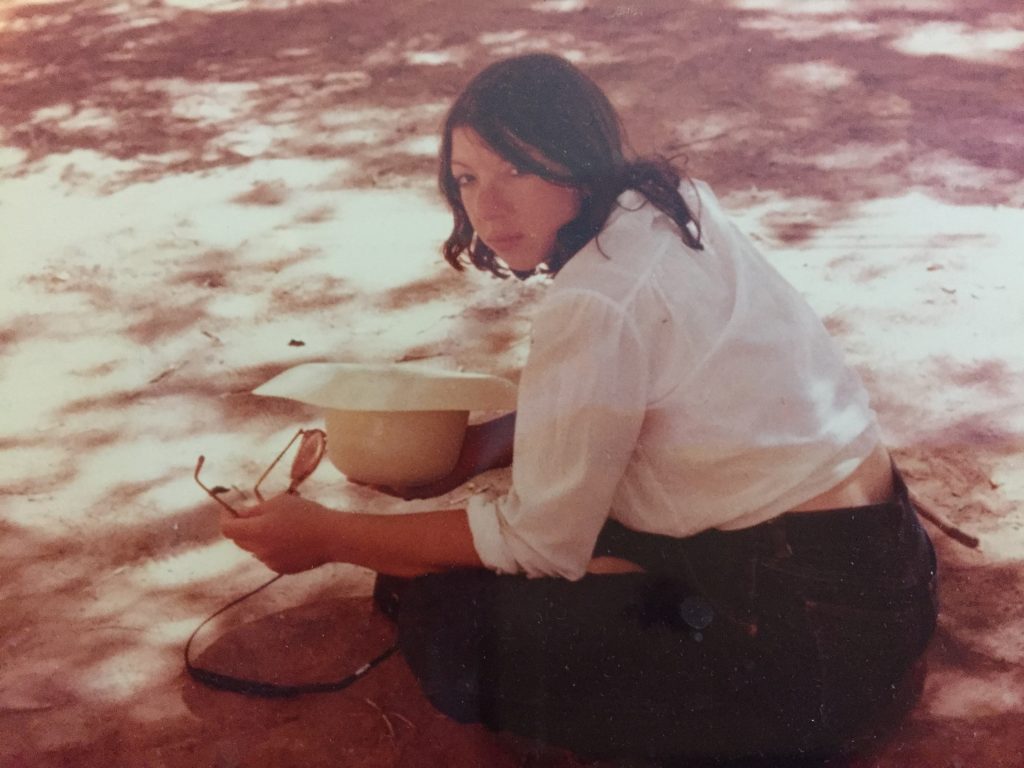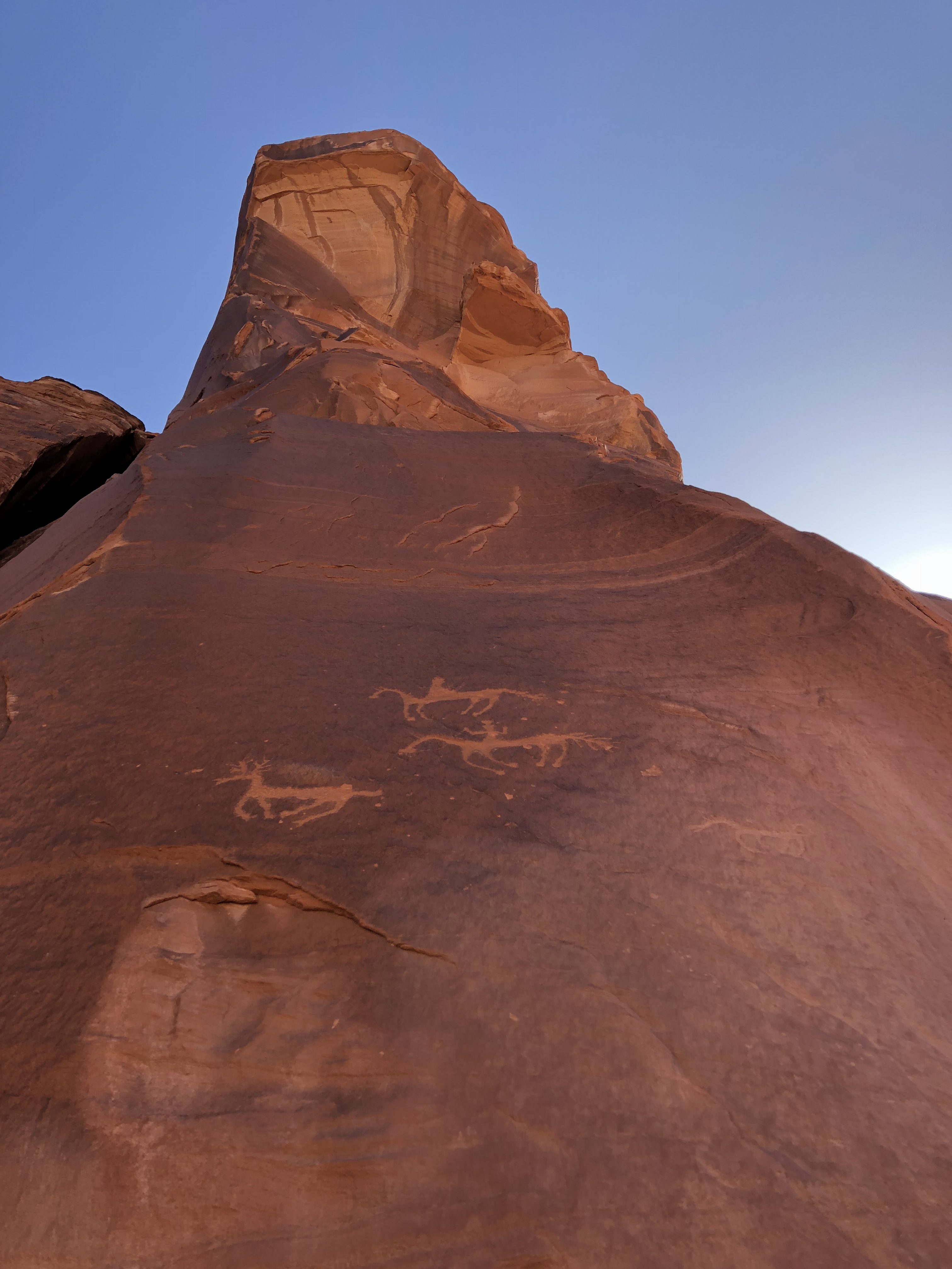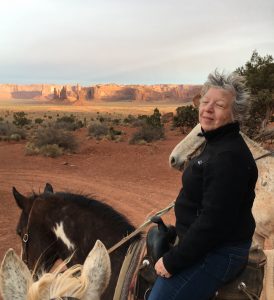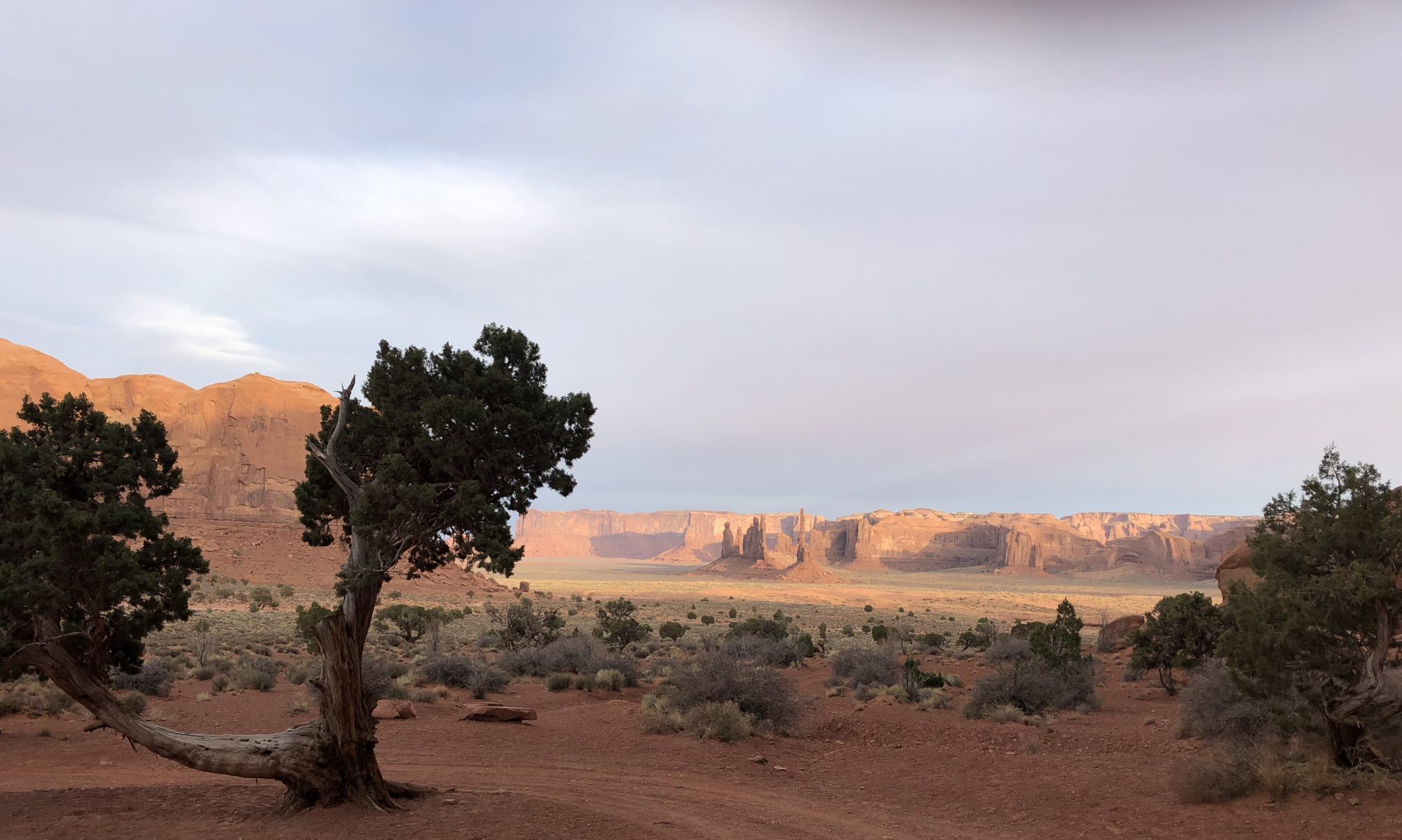
After graduating from Vassar College in 1975 with a degree in Sociology, I moved to a village on the Navajo Nation outside of Gallup, New Mexico to teach at an elementary school. After leaving the village, I moved around New Mexico and Arizona, always remaining within day-trip distance from Navajoland and its sacred spaces, for several years more.
During my itinerant time in the Southwest, I was an editor at a regional press, a contributor to a curriculum project led by Gloria Emerson for Navajo Nation elementary schools, and an employee of a marginally dubious publishing brainchild of Forrest Fenn (of recent “Fenn Treasure” fame).
I reluctantly but abruptly left the region in 1982 to head back East. But Navajoland, and the Navajo people who’ve called it home for over 1000 years, have remained my muses to this day. I’ve written about the region (published a “Santa Fe” novel back in the day), but in my elder years, I find myself focussing on Navajoland and its people, who first inspired me to take pen to paper.
Nearing the age of 65 in the spring of 2018, I travelled to Navajoland to reconnect with old Navajo friends and old feelings about what I have come to understand is as this Jewish American girl’s Jerusalem. It is in this parched yet glorious part of the United States where I am touched by an eternal landscape that breathes its ancient power, where I am touched by the Navajo people who continue to live up to its challenge and strive to reflect its holiness.

A confession: I am a privileged visitor who can bask in the sacred spaces of Navajoland, physically and psychically, at my pleasure. But Diné, the Navajo people, struggle to maintain balance, harmony, and beauty, the Navajo ideal of sa’ah naaghai bik’eh hozho (long life happiness) in their parched homeland.
The Navajo are plagued with diseases relatively new to them, like cancer and diabetes, from their uranium mining past and the drastic lifestyle changes of today. There is little for their livestock to eat, little opportunity to see beyond a day to day struggle.
I write now in prayer and love and hope that the beautiful and indeed holy Navajo people can dwell in sa’ah naaghai bik’eh hozho far into the future.

